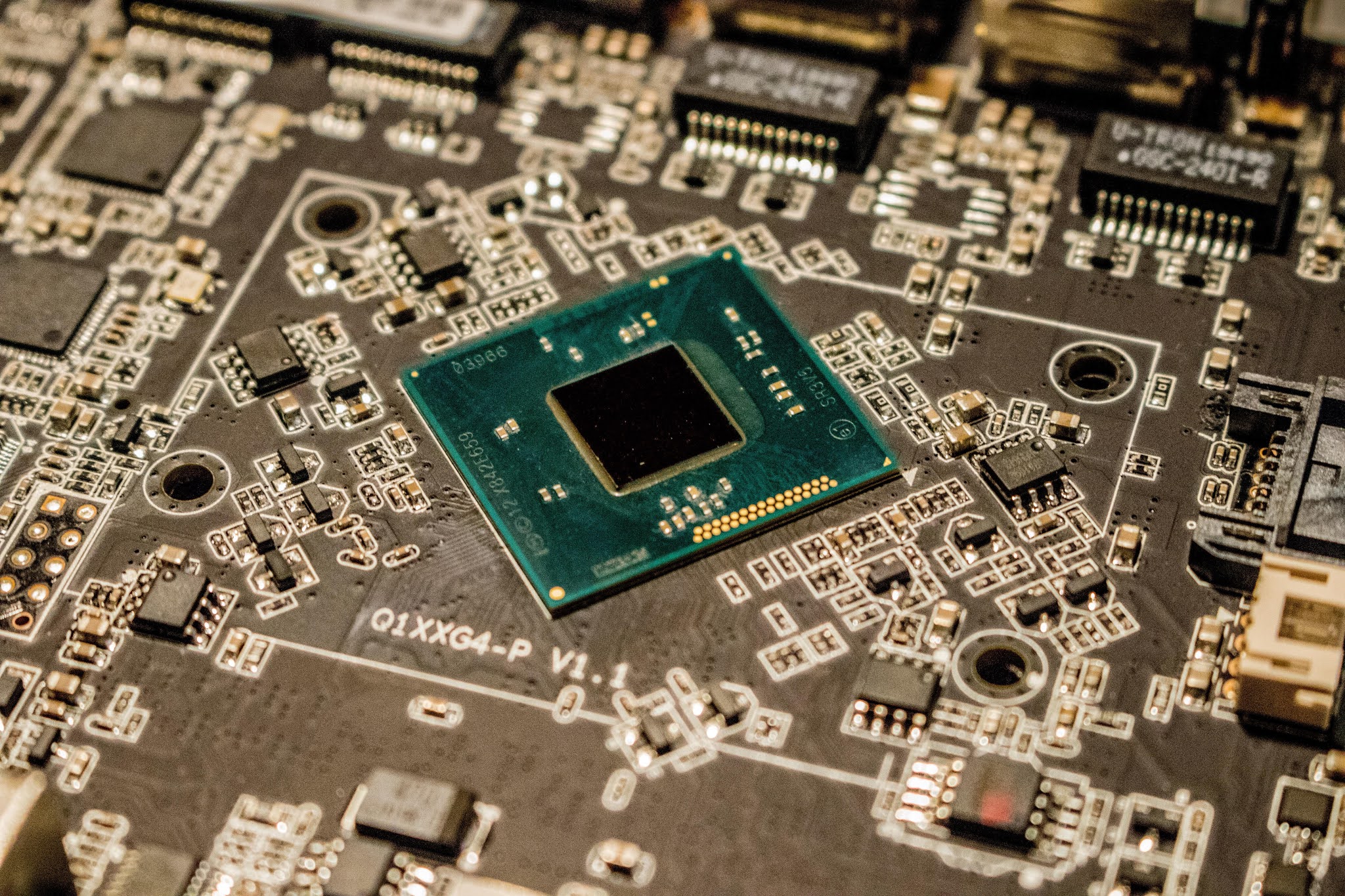Introduction
A microprocessor is a multipurpose programmable, clock-driven, register-based electronic device that reads binary instructions from a storage device called memory, accepts binary data as input, process data according to those instructions and provide results as output. the microprocessor operates in binary 0 and 1 known as bits. they are represented in terms of electrical voltages in the machine that means 0 represents low voltage level and 1 represents high voltages level. Each microprocessor recognizes and processes a group of bits called the word and microprocessors is classified according to their word lengths such as 8 bits microprocessor with 8-bit word and 32-bit microprocessor with a 32-bit word.
| Fig: A programmable machine |
Terms Used:
- CPU:- Central Processing unit which consists of ALU and control unit.
- Microprocessor:- single chip containing all units of CPU.
- Microcomputer:- Computer having microprocessor as CPU.
- Microcontroller:- Single-chip consisting of MPU, memory, I/O, and interfacing circuits.
- MPU:- Mircprocessing unit which completes the processing unit with the necessary control signals.
Generation of Microprocessor
1st Generation
This was the period from 1971 to 1973 of microprocessor’s history. In 1971, INTEL created the first microprocessor 4004 that would run at a clock speed of 108 kHz.With only 4 bits as the word size, the 4004 could only represent signed numbers in the range -8 to +7, which is indeed very small. So, it was not really of practical use for arithmetic calculations. However, it found applications in controlling devices.
2nd Generation
Intel 8008 was the next in the evolution, the first 8-bit microprocessor. This was in the year 1972. This was soon followed by Intel 8080, also an 8-bit microprocessor. Intel 8080 was the first commercially popular 8bit microprocessor. With 8 bits as the word size, it could represent signed numbers in the range of −128 to +127. This is also not a good enough range for performing arithmetic calculations. Thus, 8080 also was used only for control applications.
Some other microprocessors like 6800 from Motorola, Z-80 from Zilog were also Popular at this time.
They were costly as they were based on NMOS technology fabrication and also for their super fast speed.
3rd Generation
Around 1978, Intel released 8086, the first 16-bit microprocessor. With a 16-bit word size, it was possible to represent signed numbers in the range of −32,768 to +32,767, which is quite a decent range for performing arithmetic calculations. As such, this processor became very popular not only for control applications but also for number crunching operations. The speeds of those processors were four times better than the 2nd generation processors. Not to be outdone, Motorola came out with 68000, their 16-bit processor. Zilog released the Z-8000, again a 16-bit processor. These are the most popular 16-bit processors.
4th Generation
In the early 80s, Intel released the 32-bit processor, the Intel 80386, by using HCMOS fabrication. With 32-bit word size, it was possible to represent signed numbers in the range ±2×109, which is quite a large range for performing arithmetic calculations. If the floating-point notation is used, it can represent much larger numbers. As such, this processor became very popular as the CPU in computers for number crunching operations. At this time, Motorola came out with 68020, their 32-bit processor. Intel released 80486, which was basically an 80386 processor and 80387 numeric co-processor on a single chip. Motorola released 68030. In the early 90s, Intel released 80586 by the name Pentium processor. It is extremely fast in performing arithmetic calculations and executing instructions. The Pentium 4 released in 2000 has 42 Million transistors worked with a clock frequency of 1.5 GHz and is rated for 1500 MIPS (Million instructions per second).
5th Generation
From 1995 until now this generation has been bringing out high-performance and high-speed processors that make use of 64-bit processors. The present-day computers based on microprocessors are already faster than the mini computers and sometimes the mainframe computers of yesteryear, and they are available at a small fraction of the cost of such mainframe computers.


0 Comments